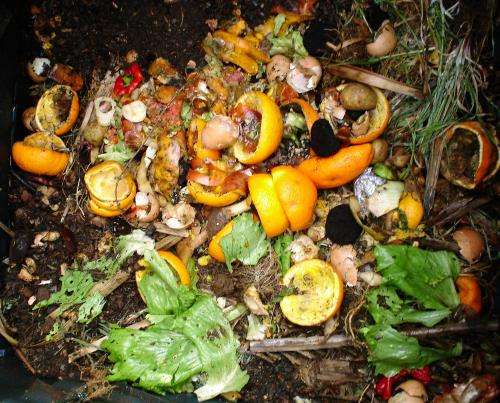The term is used to refer to a gas which has been produced by the biological breakdown of organic matter in the absence of oxygen. Major sources of methane are animal excrements, waste landfills, and any other organic material that is left untreated. Biogas consists of methane (CH4), carbon dioxide (CO2), hydrogen sulphide (H2S) and a little hydrogen (H2). It is created by the decomposition of manure and other forms of organic waste from industry or households.
Substrates are fed into large hermetically-closed tanks known as biogas plants. In the biogas plants these substrates are heated to an optimal temperature and agitated so as to produce biogas, which bubbles to the top and is collected in a gas-holder roof. The biogas is then fed into it which produces electricity and heat. The whole process is electronically monitored. The remaining substrates can be used as high-quality ecological fertilizer.
Most Common Substrates
- Animal (cows, pigs, chickens) and human excrements
- Residues from food production (apple juice, wine, oil, sugar)
- Residues from alcohol production (beer, brewer grains, etc.)
- Residues from food & vegetable packing plants
- Leftovers from restaurants
- Leftovers from greenhouses
- The organic fraction of MSW (municipal solid waste)
- Leftovers from milk and dairy production
- Residues from biofuel production
- Slaughterhouse waste
- Past-dated foods
- Any plant material – maize, sugar beets, grains, grass

